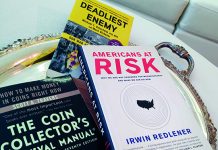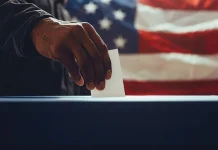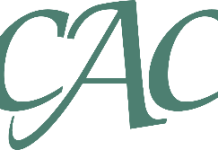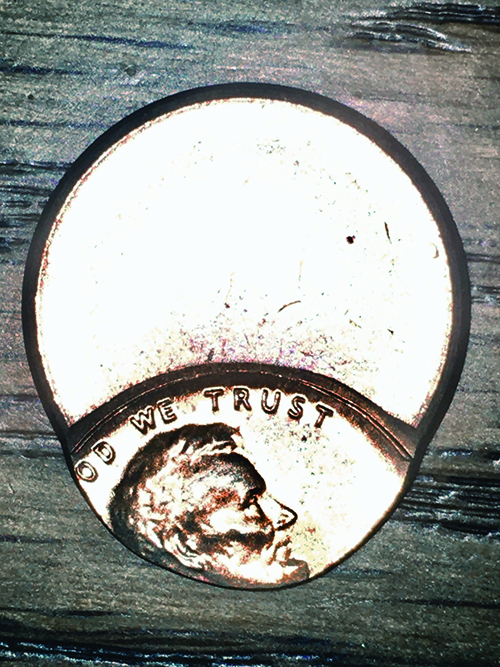
By Donn Pearlman
Chances are good you probably have at least one “error” coin in your collection.
No, not an off-center or double struck or even doubled die coin, but rather one that you paid too much to acquire or later dismayingly learned was not the rare variety you originally thought. Or worse, discovered it was an “error” because it was not even genuine.
You’re certainly not alone. No, far from it. We’ve all made those kinds of mistakes, especially when first starting in the hobby. Education is a crucial part of numismatics, and that includes doing your homework before buying or selling.
Eyes on Errors
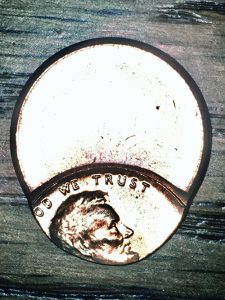
I learned an important lesson when I decided to sell my collection of actual error coins, such as off-center, double struck and other mint-made mistakes, some dating back to the mid-late 1800s.
Interestingly, there was a time when some “serious” collectors shunned error coins. They focused only on the best examples they could find of the minter’s art; well struck and in the best condition. Times have changed.
This past year some spectacular U.S. coin errors achieved spectacular prices at public auctions. For example, a Seated Liberty half-dollar from the 1870s that apparently was mistakenly struck on a planchet intended for quarter-dollars sold for over $51,000.
I discovered the joy of errors at a local show when I purchased an off-center Lincoln cent for just a few dollars. The date was not shown because of how it was misstruck with the bottom portion of the coin’s design missing. I later learned that off-center coins with a visible date can be worth more than those without the date.
Heeding the Advice of Coin Mentors
My error coin mentors were two of the hobby’s best, Fred Weinberg and Arnold Margolis. Weinberg is a former president of the Professional Numismatists Guild and still actively buys and sells from his California base and at major shows around the country. The late Margolis of New York, a video technician at NBC for many years, bought and sold errors, produced a numismatic magazine and wrote books about error coins.
After about a decade of collecting, I decided to sell most of my error coins because an Errorama show was being held in Milwaukee, only an 80-minute drive from my home at the time in a Chicago suburb. I first did my homework by carefully examining each coin I wanted to sell, researching and writing down the minimum price I would accept.
At the show, I went to dealer-after-dealer, offered my coins and quoted my price. Unhappily, each dealer entirely passed or only wanted to cherry-pick a few specific items. I finally and anxiously arrived at the last dealer’s booth, showed him the coins and quoted my price. Astonishingly, he quickly grabbed his checkbook without haggling. Had I made a mistake pricing my coins too low? No, all the other dealers passed, but now I was getting exactly the amount I wanted.
The lesson: don’t have seller’s remorse if you’ve accurately done your homework and are offered the price you wanted. And, oh yes, enjoy your coins while you own them.


